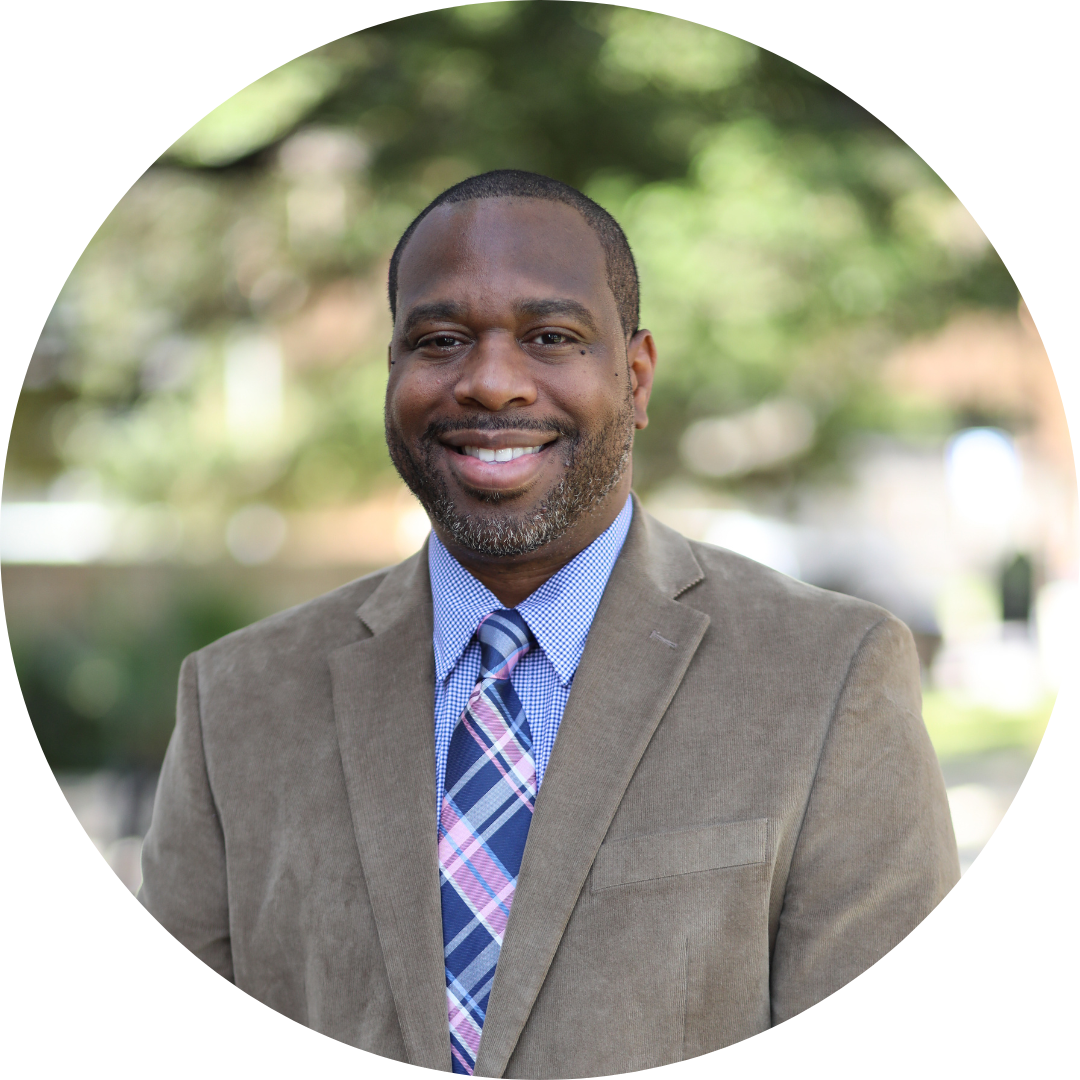Commentary on Mark 2:1-22
The reader is introduced to three scenes in Mark 2:1–22 that deal with different aspects of Jesus’ ministry. The first scene focuses on Jesus as the Son of Man, the second touches on the scope of discipleship, and the third addresses fasting as a spiritual discipline.
The Son of Man and the paralytic
Mark 2:1–12 narrates Jesus’ encounter with a paralytic while speaking the word to a crowd in Capernaum. The “word” (logos) usually refers not to Jesus as a divine being, but to the message about the kingdom of God in Mark’s Gospel (Mark 4:30–34). Whose home he was in and how the report about him spread are not explained. In this context, Jesus’ teaching about the kingdom of God attracts a large enough crowd that the home (oikos) exceeds capacity.
Luke’s version of the account mentions that Pharisees and other teachers of the law were also among the crowd from as far as Galilee, Judea, and Jerusalem (Luke 5:17).
The paralytic (paralutikos) may have been weakened by a leg or lower-body injury which compromised mobility. Four men (necessary for weight and balance) carried him on a “mat” (krabattos), which may have been his daily bed. Due to the crowd’s size, he had to be lowered through the roof of the house. Mark explains how they dug through the roof, while Luke adds that he was lowered through tiles. The Greek word for “tile” here is keramos, where the word “ceramic” comes from, which indicates that the roof was made of dried mud or clay and would have been possible to dig through.
The crux of the pericope begins in verses 5–11. Jesus “sees” or observes the men and the paralyzed man’s faith (pistis). That they had heard the reports of Jesus’ teaching and healing powers is implied. Jesus’ comment that the paralytic’s sins are forgiven raises the ire of the scribes. He calls the paralytic “son” (teknon), which could be a term of endearment that belies the common negative ideas associated with his physical condition.1 Jesus’ comment about forgiving sin, however, sounded conspicuously like blasphemy to the scribes who were listening.
Blasphemy (blasphemia) is rooted in the Hebrew Bible concept of cursing or saying something bad about the God of Israel. Using God’s personal name in an unscrupulous manner, performing actions that were reserved for God, and attributing God’s or the Spirit’s actions to evil entities were ways to commit blasphemy.2 For the scribes, Jesus assumed an action that only God could perform, which was to forgive sin.3
Jesus could perceive (epiginōskō) what they said, apparently silently, in their hearts, and countered with his own question. He proposed that the charge of blasphemy was unjustified if he did an observable miracle (healing the paralytic) that confirmed his authority to forgive sins, since both required the power of God.4
Jesus referring to himself as Son of Man, instead of Messiah, is another interesting detail.5 During the Second Temple period, the concept of the Son of Man developed into a heavenly being (distinct from the Messiah) who was associated with judgment and appeared at the end of the age (in other words, the Day of the Lord).6 The Gospels conflate the expectations of the Son of Man and the Messiah into Jesus.7
His appropriation of the designation shows another aspect of his earthly identity and function (for example, to forgive sin). As Son of Man, Jesus not only comes to forgive sin and offer salvation, but he is also an eschatological figure who is involved with the final judgment. His dual role (as Messiah and Son of Man) adds to how his ministry and messianic message are interpreted as well as to what his second advent (coming) entails.
The scope of discipleship
Verses 13–17 transition to the call of Levi son of Alphaeus, who was also called Matthew.8 The first disciples that were called were Judean fishermen. Levi is described as sitting in a “tax booth” (telonion), which would make him a tax collector (telones).9 Levi hosts Jesus at his home for a social dinner that includes scribes, Pharisees, other tax collectors, and Jesus’ disciples.
Jesus associating with tax collectors and sinners (in other words, those not keeping Torah regulations) would have been alarming because it went against the expectations of the Messiah and the Son of Man.10 Tax collectors ultimately worked for their foreign rulers (the Romans under Herod Antipas), and sinners needed to repent or face God’s judgment (at the hands of the Son of Man).
What was missing from their understanding was the twofold nature of Jesus’ advent. Whereas they expected the Messiah to come and overthrow the Gentiles and restore the kingdom to Israel, his first coming was intended to offer forgiveness of sins and salvation first.11 Jesus’ association with tax collectors and sinners was, as he explains, intended to offer aid (as the physician) to the spiritually impaired.12
Jesus on fasting
Verses 18–22 raise interesting questions about fasting (nesteuo) as a spiritual discipline. Contextually, Jesus is asked why his disciples do not fast as John the Baptist’s disciples and the Pharisees do, because of their community reputations.
John was held in high esteem by some in the community as a prophet and even endorsed by Jesus as one of the greatest ever (Matthew 11:9–11; 14:5). The Pharisees were considered scrupulous keepers of the Torah and the standard bearers of righteousness, even though Jesus is depicted as labeling them hypocrites (Matthew 5:20, 23:1–3).13 If John and the Pharisees represent the pinnacle of righteousness, then why did Jesus and his followers not fast?
Fasting then generally combined abstaining from foods and taking part in mourning rituals (for example, wearing sackcloth and ashes). Fasting was a somber action that was often directed at the deity to show contrition, mourning, humility, and devotion, sometimes to elicit a favorable action from God (for example, Daniel 9:3).14 The fast that God prefers, however, is one of good works, declared in Isaiah 58:6–7.
Jesus’ analogies of the wedding guest and the bridegroom, new and old clothes and wineskins, suggest that fasting was not appropriate while he was active on earth. Why this was the case is not entirely clear. Was the efficacy of fasting suspended while he was present? Jesus’ comments clearly were not questioning the effectiveness of fasting nor arguing for its cessation. He, instead, practices fasting and gives instructions for it, and the early church continues to do it (Matthew 4:1–2; 6:16–18; Acts 14:23).
Each section of this reading promotes further consideration of practical matters. The healing of the paralytic enjoins the reader to look deeper into Jesus’ actions to find what they reveal about his nature and purpose. Levi’s episode draws on the unexpectedness of who is called, as well as the primary audience and stakes of evangelism. Lastly, the question about fasting raises the issue of the status and practice of not only fasting but spiritual discipline. Spiritual actions like fasting should be undertaken with care after gaining insight into how to do it and, more importantly, for what reasons.
Notes
- Physical impairment and sickness were viewed by some as divine punishment for personal sin (Job 33:19–30; John 9:1–3).
- The prohibition against blasphemy and its consequence of public execution are described in Leviticus 24:10–23.
- Forgiveness of sin was God’s prerogative (for example, Exodus 34:6–7; Isaiah 43:25).
- Traditionally, God is sovereign and controls the human condition, which included creating and healing physical ailments (for example, Exodus 4:11; Psalm 146:8).
- “Son of Man” (the Hebrew is ben adam) was a phrase that could refer to a human as well as to a heavenly being (for example, Ezekiel 3:4).
- For the Son of Man’s association with judgment and the end of the age, see Daniel 7:12–14 and Matthew 25:31–46.
- “Messiah” and “Son of Man,” for instance, are used together to describe Jesus of Nazareth (John 12:34).
- For parallel passages of Jesus calling a tax collector, see Matthew 9:9 and Luke 5:27. In Matthew, the tax collector is called Matthew, while in Mark and Luke he is called Levi. Lists of disciples include a Matthew, but only James is listed as the son of Alphaeus (Matthew 10:3; Mark 3:18; and Luke 6:15). According to tradition, Matthew was also the author of the Gospel of Matthew, which was written in Hebrew first (Eusebius, Hist. eccl. 3.24.6).
- The name Levi comes from the Hebrew word for Levite; the Levites were coworkers with the temple priests (Numbers 8:19). Levi (Matthew) may have been a Levite or related to one.
- Tax collectors were stereotypically thought to be nefarious characters (overcharging) and were grouped with “sinners” (for example, Matthew 11:19). For a fuller discussion of ancient views of tax collectors and associating with “sinners,” see Adela Yarbro Collins and Harold W. Attridge, Mark: A Commentary, Hermeneia (Minneapolis: Augsburg Fortress, 2007), 192–195.
- For the expectation of restoring the kingdom, see Acts 1:6.
- Based on Jesus’ analogy, the sinner is the patient in need of merciful healing because their situation is dire (judgment and death await without repentance), while the righteous are those who already keep the Torah and are therefore in good health (they do not need a physician). Gentiles, who are not responsible for Torah regulations, are offered grace through belief in Jesus.
- Josephus, who is part of the sect of the Pharisees, gives an alternative view of their reputation. He explains that they were the most popular of the three Jewish sects (Essenes, Sadducees, and Pharisees) and most skilled in the Torah for his time (Jewish Antiquities 13.171; Jewish War 2.162–166).
- Fasting was also employed as a means of resistance or in an apotropaic manner against evil entities (Daniel 1:5–8; and the textual variant of Matthew 17:21).
PRAYER OF THE DAY
Lord of forgiveness, you healed a paralytic by forgiving his sins. Forgive us, heal us, and teach us to walk in your ways. Amen.
HYMNS
O Morning Star, how fair and bright! ELW 308, GG 827
There’s a wideness in God’s mercy ELW 587/588, GG 435, H82 469/470, UMH 121/121b, NCH 23
CHORAL
My song shall be alway, Gerald Near


January 7, 2024